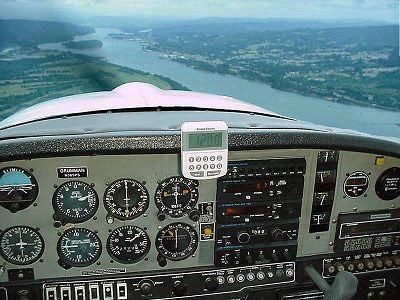Not injected. After fueling I didn't prime and tried just a normal start. No dice. Probably tried once more the same way, no dice. Waited a bit, pulled out the POH and tried the hot start procedure. No dice. At this point I called Gus from the club and he talked me through his procedure. Tried it and couldn't get it done though that's not to say I was doing it right. Made a final call to the CFI who had flown with me and he recommended I flood the engine and then flood start it. So I gave it a couple shots of primer and tried the POH flood start procedure. I still couldn't get it. I pulled it from the fuel farm to parking. Sort of embarrassing but I liked that idea in lieu of draining the battery or damaging the starter on my first club flight. Though I did almost die of heatstroke.
Where I trained we never fueled up after a flight and, anyway, the fuel came to parking in a fuel truck. So self-fueling and hot starting are foreign to me. License to learn, and all.

PS - You've been real active in my thread, so special thanks for the help. (And all the others who've commented.)
PPS - The stall was totally benign.


